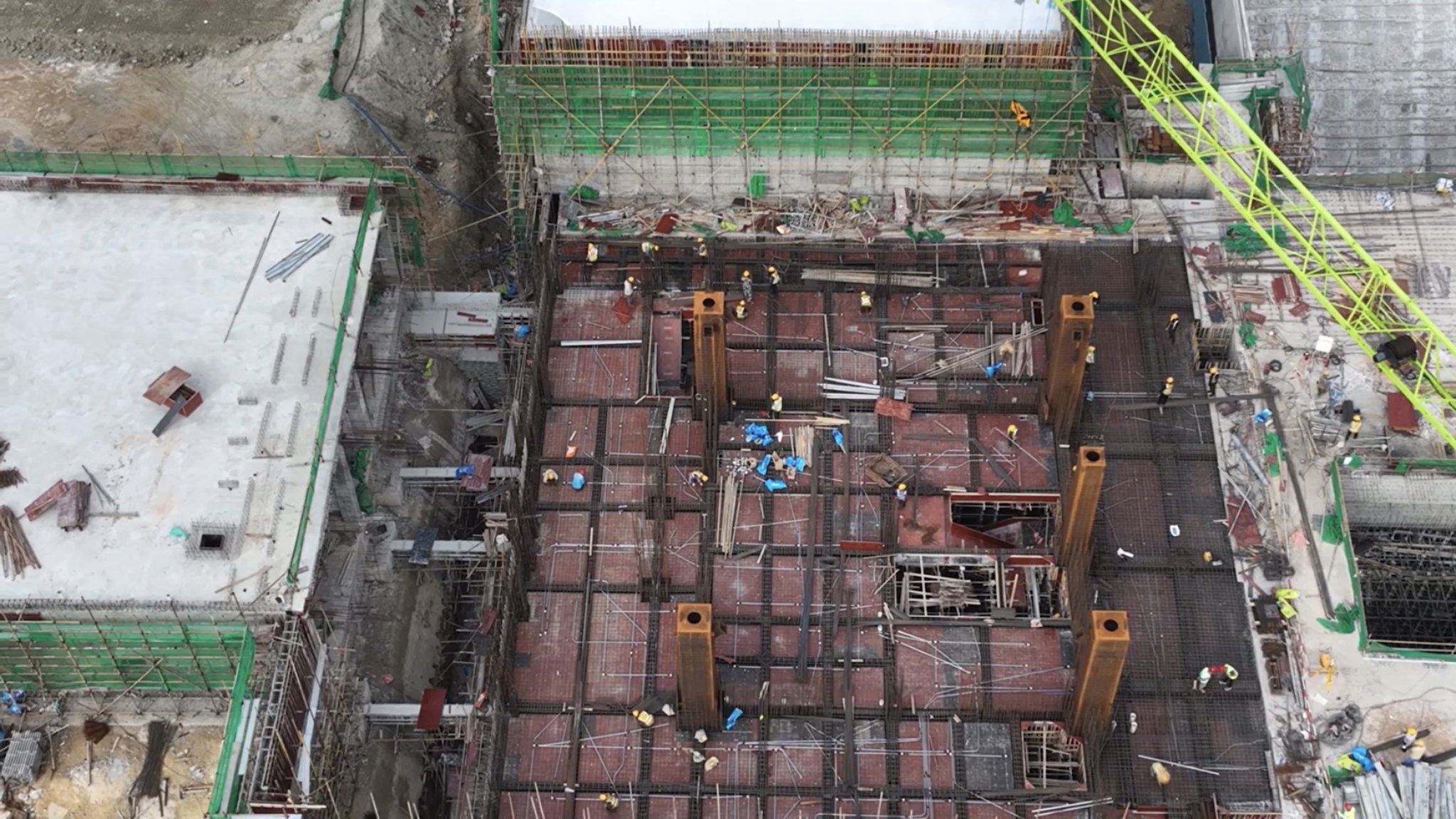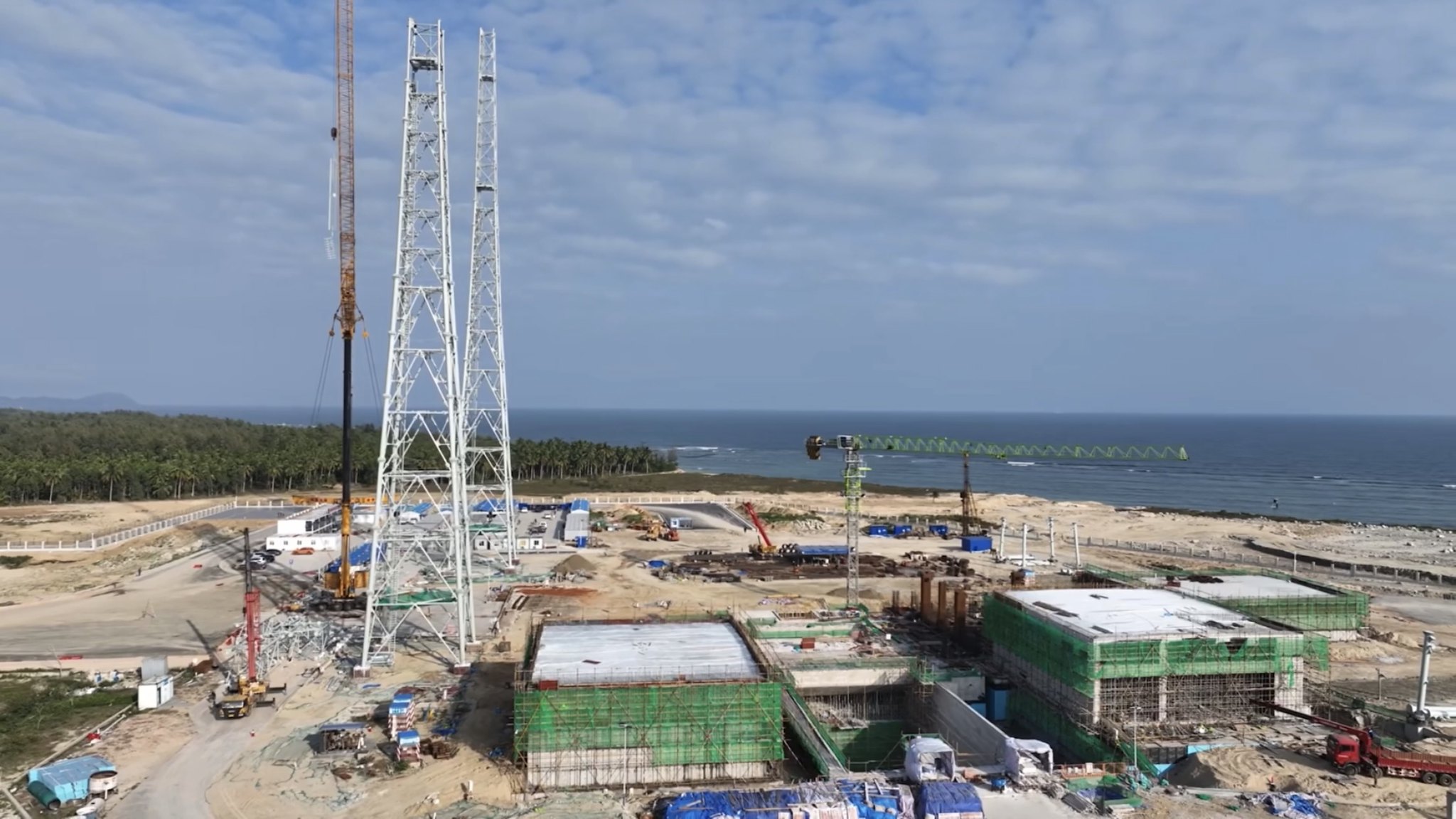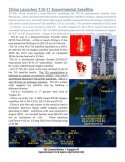Further digging on the 4 metre reusable rocket gives an interview of 805th from 2017.
上海航天技术研究院805所专家徐大富在接受解放日报·上观新闻记者专访时
2011年,上海航天决定采用垂直起降重复使用运载器的方案,这在国内属于首创。徐大富向解放日报·上观新闻记者详细阐述了“两步走”的战略目标。基于航天技术基础和整体研究规划,第一步,将先在现役火箭上进行关键技术搭载试验,既对部分关键技术进行先期验证,又可解决当前比较迫切的运载火箭残骸的落区安全问题。据透露,上海航天技术研究院计划在2019年利用长征四号乙火箭验证一子级栅格舵控制落区的技术,预计可将火箭残骸散落范围缩小至现在的15%。此后,
2020年在长征六号上验证箭体垂直回收技术,通过飞行试验确保精确返回飞行控制与安全着陆技术的可靠性。
第二步,上海航天团队将研制
全新的甲烷动力重复使用运载器,进行大系统全流程飞行试验,全面验证子级回收与检测维护复用的关键技术。据徐大富透露,与航天飞机的带翼外形、水平返回方案不同,目前上海航天技术研究院重复运载器方案
首选火箭外形、液氧甲烷发动机为动力的垂直起降方案,重复使用次数超过20次,将使我国目前火箭运载成本降低30%以上。
According to the interview 8th is working on a methane reusable rocket. Considering 8th's new 3.8 metre tank is 4 metre class, I am almost sure that the 2025 launch is a rocket from 8th with 3.8m tankage and YF-209 engine.
It is also clear that CZ-6X was only an experiment, not intended to be a final product.











